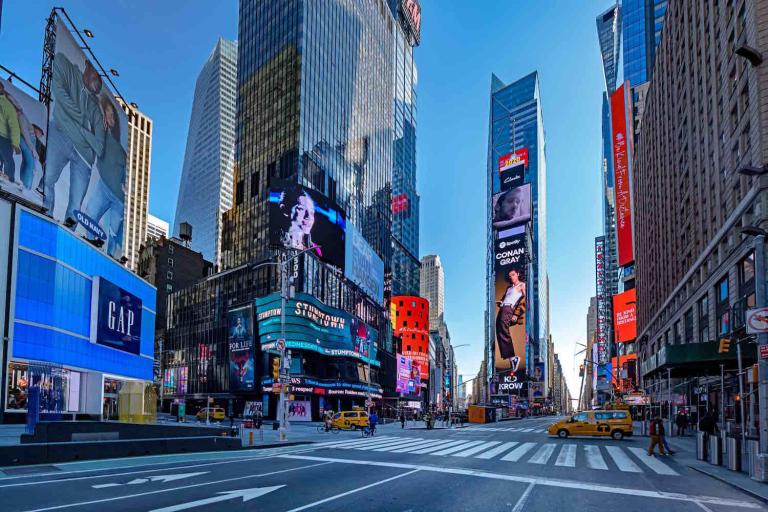Life during COVID-19: renewing lost connections with location-based tech

Millions around the world are adjusting to life in isolation to avoid spreading disease, but isolation itself can also take a toll. Fortunately, technology can help. Here's how.
As I write this, the Louvre is closed. Broadway theaters have gone dark. And coffee shops, houses of worship, restaurants, bars, and all the usual places people gather to enjoy shared experiences and find companionship have shut their doors. Millions of people around the world are adjusting to life in isolation to avoid spreading the deadly COVID-19 virus. They are doing so to protect each other from disease. But isolation itself can also take a toll.
Fortunately, location-based technology can help.
The dangers of isolation
Even before forced lockdowns, observers warned of the adverse effects of going without human contact. In his 2018 book, Lost Connections, for example, Johann Hari posited that an increasingly fragmented urban society causes mental illness due to isolation.
As Dr. Andrea Graham, assistant professor of medical social sciences at Feinberg School of Medicine, has said, “We're social beings. It's important to interact with other people and feel connected to others for laughter, lightheartedness and support."
Dr. Elena Portacolone, assistant professor of sociology at the Institute for Health & Aging at the University of California San Francisco's School of Nursing, spoke with me from self-quarantine after a visit to Rome. She said there's a big difference between being alone and being lonely. And that leaves an opening for technology-based solutions.
"The difference between unhealthy loneliness and the more benign fact of being alone is relative," Dr. Portacolone said.
Being lonely is a subjective feeling that we have less company than we want. You could have 100 friends, but you want to have 120 friends and you feel lonely. Or you could be lonely in the middle of a crowd.
In other words, loneliness is in the eye of the beholder. And that means technology can help shift people's perceptions of being alone to mitigate the harmful effects of isolation. But, Dr. Portacolone cautions, only if people use it to connect with each other rather than depending on the technology itself for companionship.
Technology to break through
Dr. Portacolone says phones, video conferencing, and other tech that brings people together can effectively break through the barriers of isolation. However, technology that tries to emulate human communication runs the risk of creating an attachment to soulless machines, actually exacerbating loneliness. She feels, for example, that the makers of a popular smart speaker go too far even by giving their product a woman's name.
Location-based apps, however, including apps for dating, befriending, and networking, all have the power to break isolation, externally imposed, or otherwise, Dr. Portacolone says. That's because they create real connections between people, not just technology, even if people never meet in person.
Jason Yim, CEO of mixed reality studio Trigger, tells me that the ongoing rollout of ultra-fast, low-latency 5G networks will enhance such technology-fostered connections. “On a simple level 5G, will speed up all the video conferencing connections from phones and tablets now as people are forced to work or attend classes from home."
Taking location-based tech to the next level, augmented reality (AR) and virtual reality (VR) tech will soon give sports fans something of the stadium experience without leaving home, Yim says. "AR and VR could be used to transport fans into venues where athletes are playing, but crowds are prohibited." His own company has already developed virtual “portals" for major sports clubs and leagues that will allow fans to step through a virtual doorway and into a stadium.
Yim also stresses the importance of tech that can bring people together for work as well as for socializing and entertainment. “Playing together reduces social isolation, but being able to create and achieve together brings a different level of connection." Here too, Yim says, AR and VR can help. “Nascent tools are improving exponentially, transforming users from observers into real contributors."
Just make sure you get don't become a couch potato during periods of isolation. “Keep doing activities that make you feel good—even though they're at home—to help you maintain a positive mental state," Dr. Graham said. “Schedule some at-home workouts, which can boost your mood."
Have your say
Sign up for our newsletter
Why sign up:
- Latest offers and discounts
- Tailored content delivered weekly
- Exclusive events
- One click to unsubscribe


